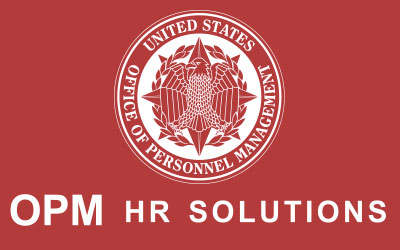ATD Blog
Assessing the Employee Experience
Tue Aug 29 2023

Employee experience (EX) has generated much excitement in the last few years. In fact, from 2013 to 2018, internet searches for “employee experience” increased 130 percent, and today, a search for “employee experience” returns about 1,700,000,000 results! It’s unsurprising that employee experience popularity continues to grow. Effective EX application is proven to correspond to higher returns; increased engagement, retention, and discretionary effort; and decreased turnover and absenteeism.
What Is Employee Experience?
As evidenced by increased searches and the volume of distinct results, there’s not yet a strong consensus on what EX actually is. Is it simply everything about the employee’s perception of the workplace…or maybe just a rebranding of employee engagement with a new, flashy name? Fortunately, the answer to both questions is no.
Unlike the business drivers of the past—utility, productivity, and engagement—EX is a deliberate strategy that allows organizations to create an environment where employees want to show up. Designing a workplace that maximizes experience requires managers and HR practitioners to view the employee lifecycle from a human-centered design perspective, considering where the organization’s intentional design and the employees’ wants and needs intersect.
Employee experience is the employee’s holistic perception of their relationship with their employer; it’s the intersection of intentional organization design and employee expectations at critical touchpoints along the employment journey.
It’s at this intersection that design thinking employs a human-centered approach to problem solving and innovation. It places employees at the epicenter of how relationships, processes, tools, and technologies are designed and implemented. This design thinking application enables tailored interactions at critical moments in the employee journey to help influence outcomes like engagement, satisfaction, performance, and productivity.
How Do We Assess EX?
If EX isn’t everything, then how can we conceptualize it in a more manageable and useful way?
Step 1
Organizations must establish and define a clear baseline and needs assessment supported by tools grounded in good organization management practices. This approach requires leaders to articulate the North Star, business case, or value proposition of EX, instead of proceeding with a broad or vague idea or trying to improve performance with a single, isolated approach.
Core themes for organizational goals or business cases might include becoming a best place to work, improving financial performance, or increasing customer satisfaction.
Step 2
To interpret insights from the employee experience, organizations can use design thinking tools like personas and journey mapping.
Develop Personas. Personas reflect employee characteristics, including, but not limited to, background, supervisory level, tenure, branch or division, behaviors, and attitudes. Personas can be based on various characteristics, from occupational roles to personality traits. Properly developed personas illustrate employees’ journeys by building defined archetypes and plotting out important moments based on data and empathy-driven stakeholder descriptions.
Journey Mapping. Once personas are refined and tested, organizations can map moments that matter in the employee lifecycle. If well-designed, these moments can create increased value and track employee satisfaction over time. Organizations can identify pain points by leveraging a variety of data sources (employees, customers, job applicants, former employees) and types (exit and stay interviews, observations, pulse surveys, HR analytics). In other words, managers and HR practitioners are probably already collecting useful information for improving experience.
These maps, journeys, and pain points vary by organization and persona but can be commonly applicable to broad human capital inflection points, such as recruiting, onboarding, training, professional development, recognition, and offboarding.
When journey mapping, make sure to get input from employees who have experienced the critical moments to help develop solutions.
Step 3
Finally, after analyzing moments, relationships, and challenges, managers and practitioners can design and implement systems that allow scalable solutions. Model and system changes should be linked to the business case to assess impact. With better systems, organizations can identify and map journeys via incremental steps to create a comprehensive roadmap for improved EX organization wide.
What’s Next?
While EX can be a vast and daunting concept to navigate, improving the employee experience journey contributes to agency mission success and underwrites employees’ organizational contributions and successes. From potential candidates to tenured employees, input, journeys, and moments that matter are critical to creating an engaged and happy workforce and delivering lasting organizational success.
You've Reached ATD Member-only Content
Become an ATD member to continue
Already a member?Sign In

